Study, work or travel in the UK. British
culture and life.


Visit Trafalgar Square in London
|
|
Study, work or travel in the UK. British
culture and life.
|
|
||
|
|
|
|
||
 |
||||
|
|
||||
 |
||||
|
Visit Trafalgar Square in London
|
||||
|
Sections:
|
Introduction | |
| Nelson's Column | ||
| The square | ||
| St Martin-in-the-Fields | ||
| National Gallery | ||
| National Portrait Gallery | ||
| Events | ||
| Further information | ||
| Links |
|
INTRODUCTION
|
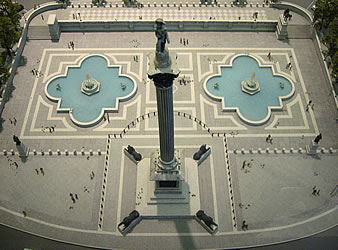 Model of Trafalgar Square |
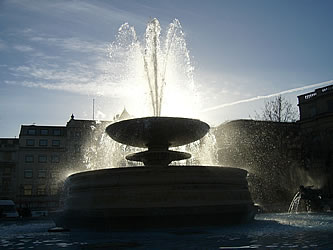 One of the fountains |
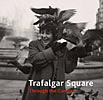 |
Trafalgar
Square: Through the Camera Author: R. Hargreaves Publisher: National Portrait Gallery Publications Date: February 2005 |
 |
Trafalgar
Square: A Visual History of London's Landmark Through Time Author: Jean Hood Publisher: B.T. Batsford Ltd Date: May 2005 |
|
NELSON'S COLUMN
|
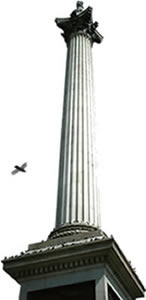 |
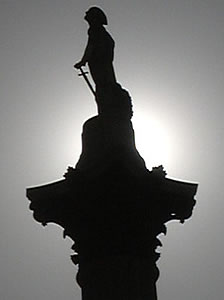 |
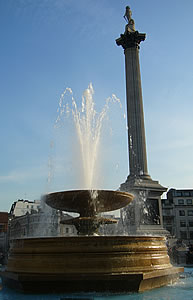 |
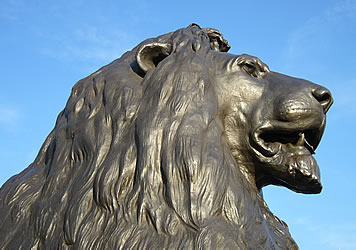 |
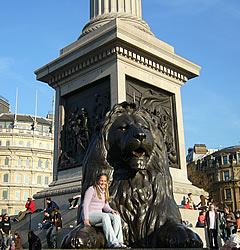 |
|
THE SQUARE
|
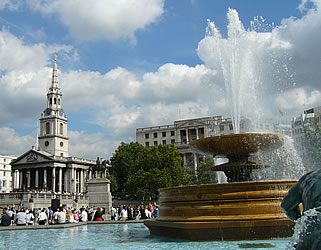 |
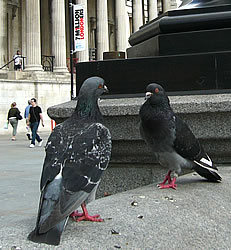 |
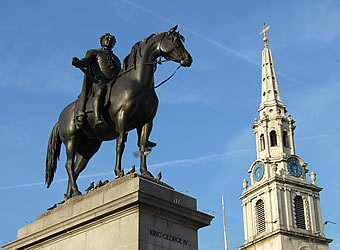 King George the Fourth |
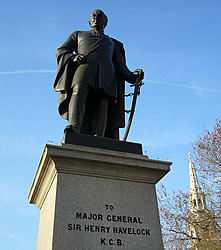 Major General Sir Henry Havelock |
 General Napier |
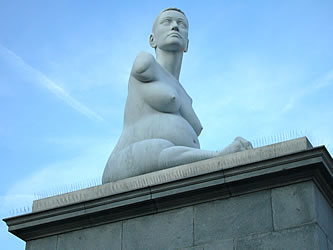 Fourth plinth: "Alison Lapper pregnant" (by Marc Quinn) |
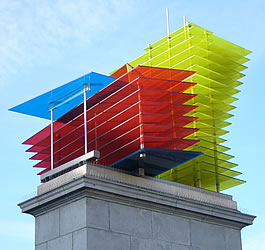 "Hotel for the Birds" (by Thomas Schütte) |
|
ST MARTIN-IN-THE-FIELDS
|
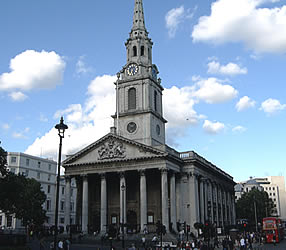 St Martin-in-the-Fields (restoration work is taking place) |
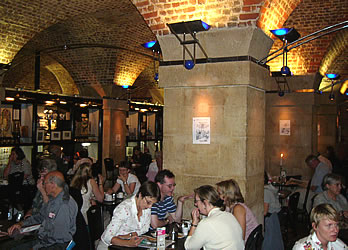 Café in the crypt |
|
THE NATIONAL GALLERY
|
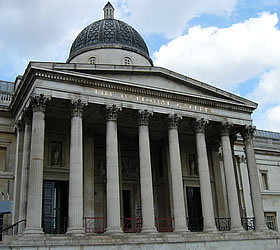 The main portico entrance (completed in 1837) |
 |
The
Nation's Mantelpiece: A History of the National Gallery Author: Jonathan Conlin Publisher: Pallas Athene Publishers Date: November 2006 |
 |
The
National Gallery Companion Guide Author: Erika Langmuir Publisher: National Gallery Co Ltd Date: March 2004 |
|
THE NATIONAL PORTRAIT GALLERY
|
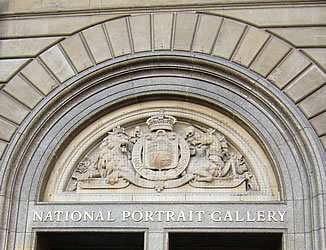 Entrance to the National Portrait Gallery |
|
EVENTS
|
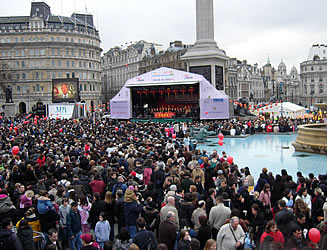 Chinese New Year festival |
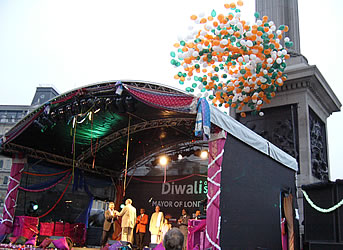 Diwali celebrations |
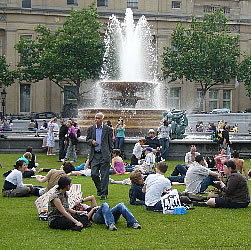 Grass covered the Square for a few days |
|
FURTHER INFORMATION
|
|
|
|